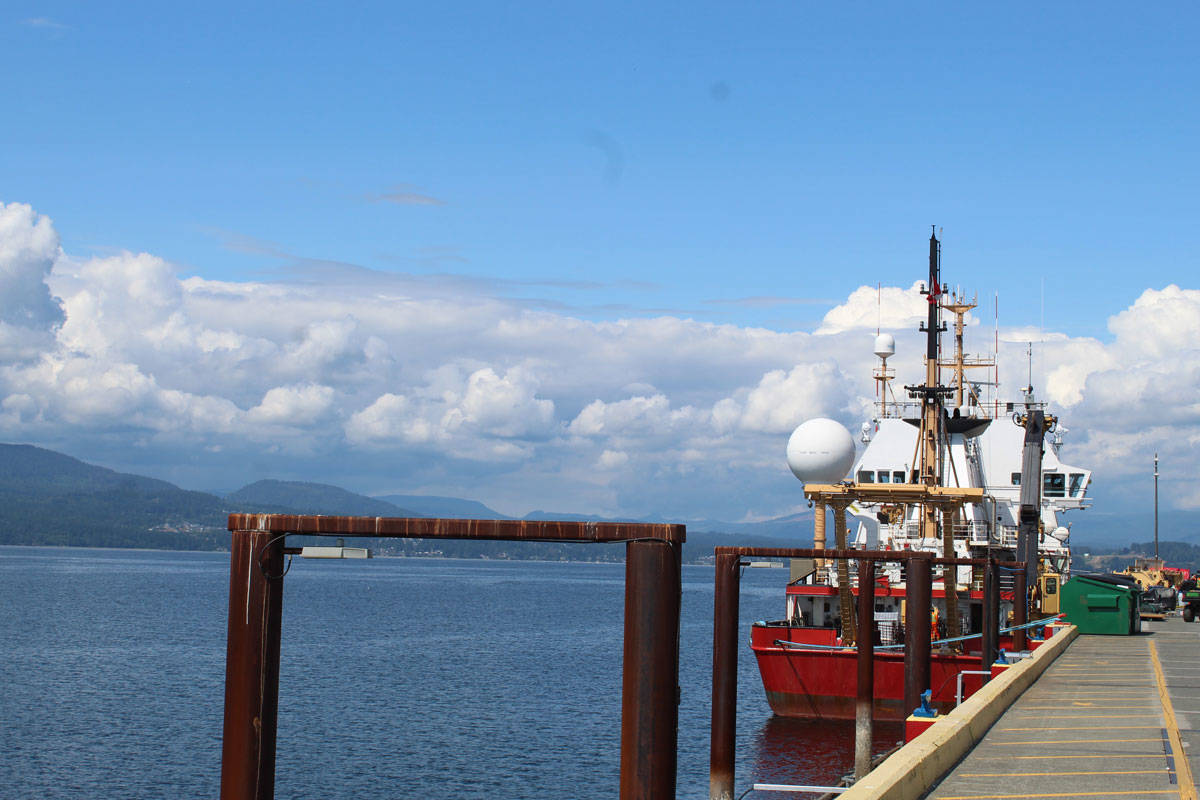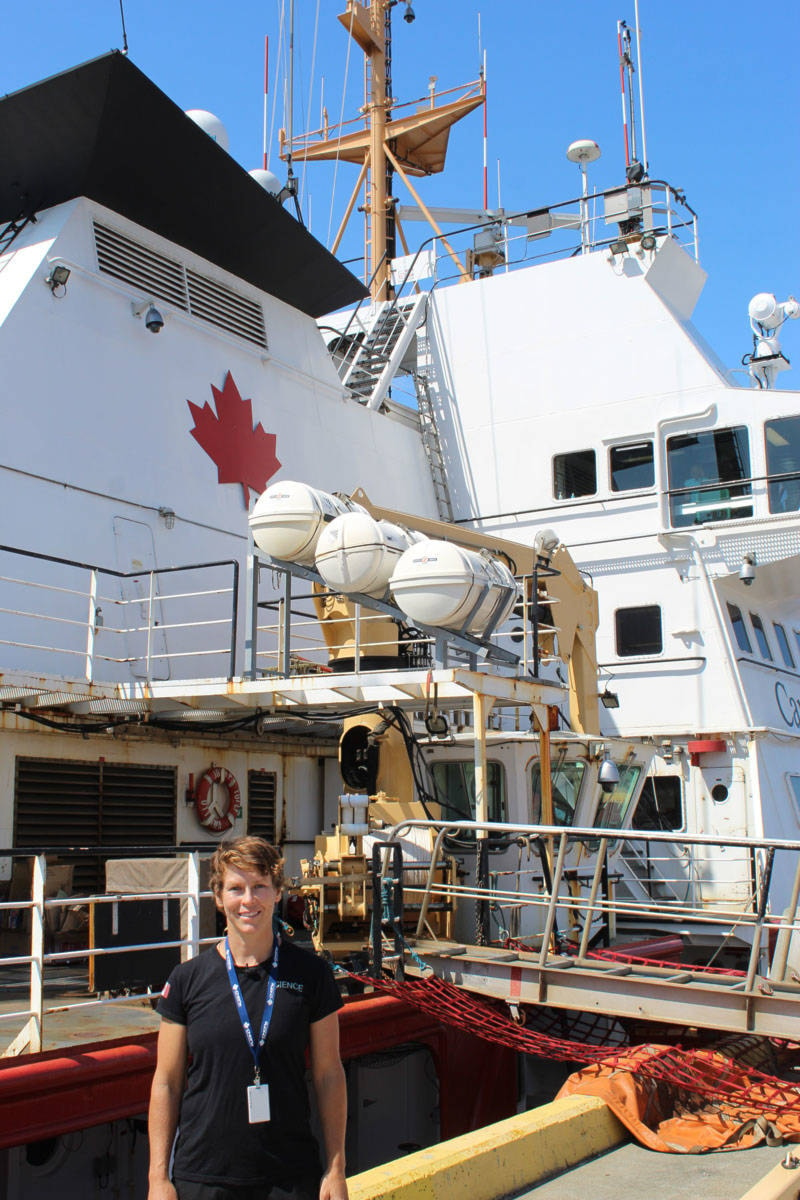Underwater volcanoes don’t come to mind when most people think about Canada. However, there are currently 60 of these underwater mountains — or seamounts — on Canada’s west coast.
Scientists from Fisheries and Oceans Canada depart this week on a two-week research expedition on the Canadian Coast Guard ship called John P. Tully to the Explorer Seamount — Canada’s largest underwater mountain that exists a few hundred kilometres off the coast of Vancouver Island. They will survey the environment and study the sea life around it.
The Explorer Seamount was first noticed by researchers last year when they did a four-hour dive. It’s the same height as Mount Baker and the same size as the Greater Vancouver region, says Cherisse Dupreez, a marine biologist with Fisheries and Oceans Canada and the Deep Sea Ecology Program.
“This is ground-breaking science,” she explains passionately.
READ ALSO: Saanich resident helps take a bite out of global shark fin trade
There are animals there that scientists hadn’t predicted and an underwater “city of sponges” was discovered that researchers nicknamed Spongetopia, says Dupreez.
This upcoming expedition was planned so that scientists could go back and study the “mysteries of the mysteries of the underwater volcano.”
During the day, crews will use a special robot to check out the sea life far below the surface in real time, Dupreez explains. At night, other crew members will collect specimens and water to aid in the investigation.
The scientists are grateful for the Canadian Coast Guard who will be managing the ship and feeding the researchers.
“This is the dream job and it didn’t exist when I was in university,” says Dupreez, who did all of her degrees at the University of Victoria. She says that the increased awareness of climate change and the United Nations resolutions for every country to protect 10 per cent of their oceans by 2020, jobs in the marine science field have opened up because it’s hard to “protect what we don’t know.”
The area around the Explorer Seamount is slated to become Canada’s largest marine protected area. Seamounts don’t exist in the Atlantic or Arctic Oceans near Canada. Usually, seamounts form in the middle of the ocean in international waters. The tectonic activity on the west coast of Canada has created the perfect conditions for these mountains to form.
READ ALSO: Plastic in the oceans is not the fault of the global south
“It’s globally rare,” she says.
Canada was the first country in the world to protect a hydro-thermal vent, she explains, and 80 per cent of Canadian seamounts will be soon be protected.
It’s unlikely that the Explorer Seamount was ever above water, says Dupreez, because it’s peak is 800 metres below the surface. But the local Indigenous peoples have traditional knowledge of canoes being taken out into the open ocean near the seamount to fish as the seamount attracted whales and other sea life.
The Nuu-Chah-Nulth Tribal Council (NTC) has been consulted in this research and several elders and students will be joining the scientists on the ship for the duration of the research mission, says Dupreez.
“It’s our default way of working now,” she says. “We always work together.”
All the west coast First Nations are invited to participate, says Tammy Norgard, the lead scientist who got in contact with the NTC in the first place.
“They are stewards of the ocean and they can teach us a lot,” she says.
READ ALSO: Plastic degrading in the ocean produces greenhouse gas, new study says
All Canadians are encouraged to get involved in the research. There will be a live stream where viewers can see animals that have never been seen before right alongside the scientists.
“We share everything we know as soon as we know it so that we can all go on this mission together,” says Dupreez. “These [animals] are as Canadian as our old growth forests and grizzly bears.”
A live chat will also be open 24 hours per day for people ask researchers questions.
If all goes well, the ship leaves Tuesday. Visit the website for more information and to watch the live stream.
@devonscarlett
devon.bidal@saanichnews.com
Like us on Facebook and follow us on Twitter.

